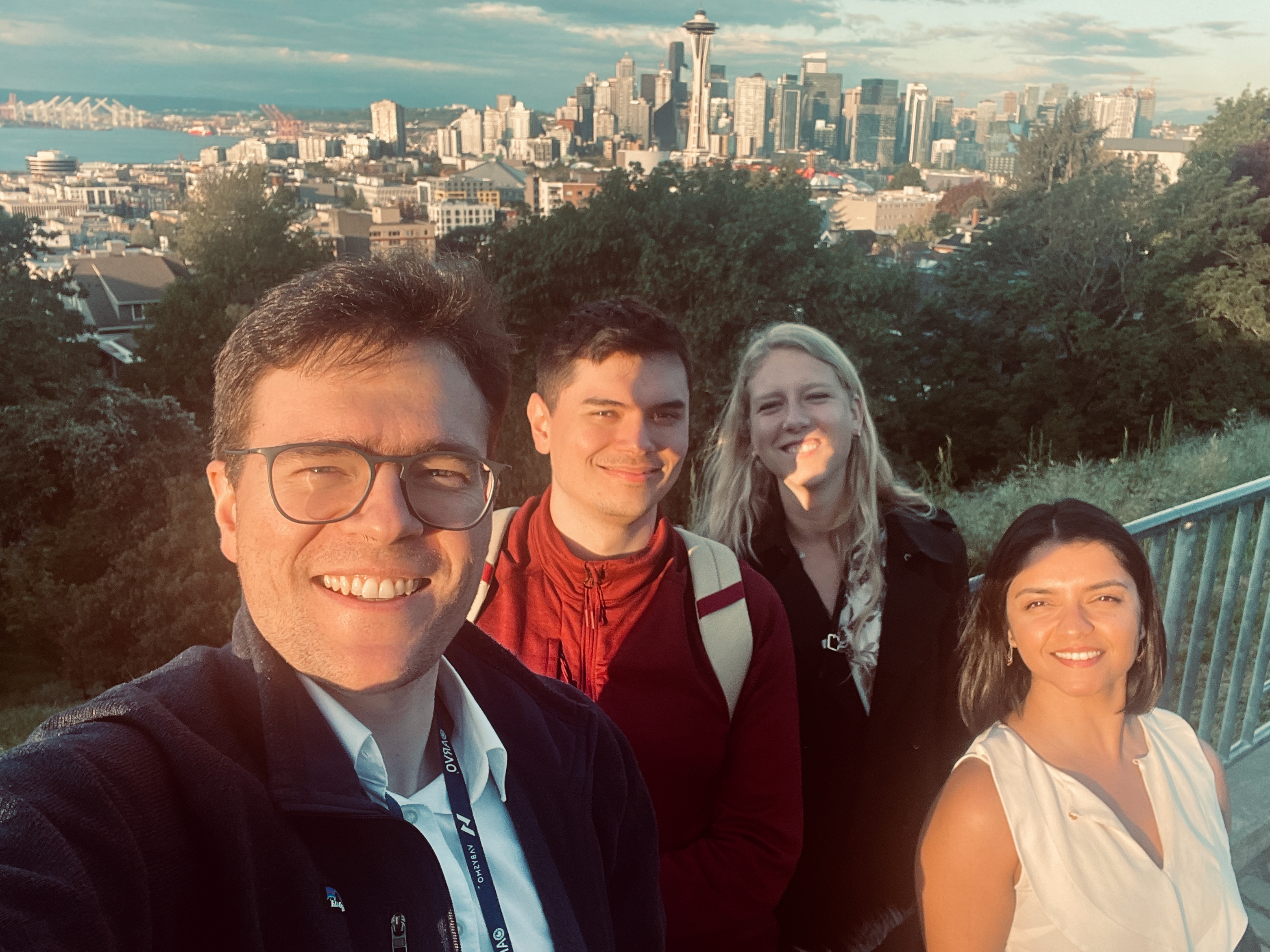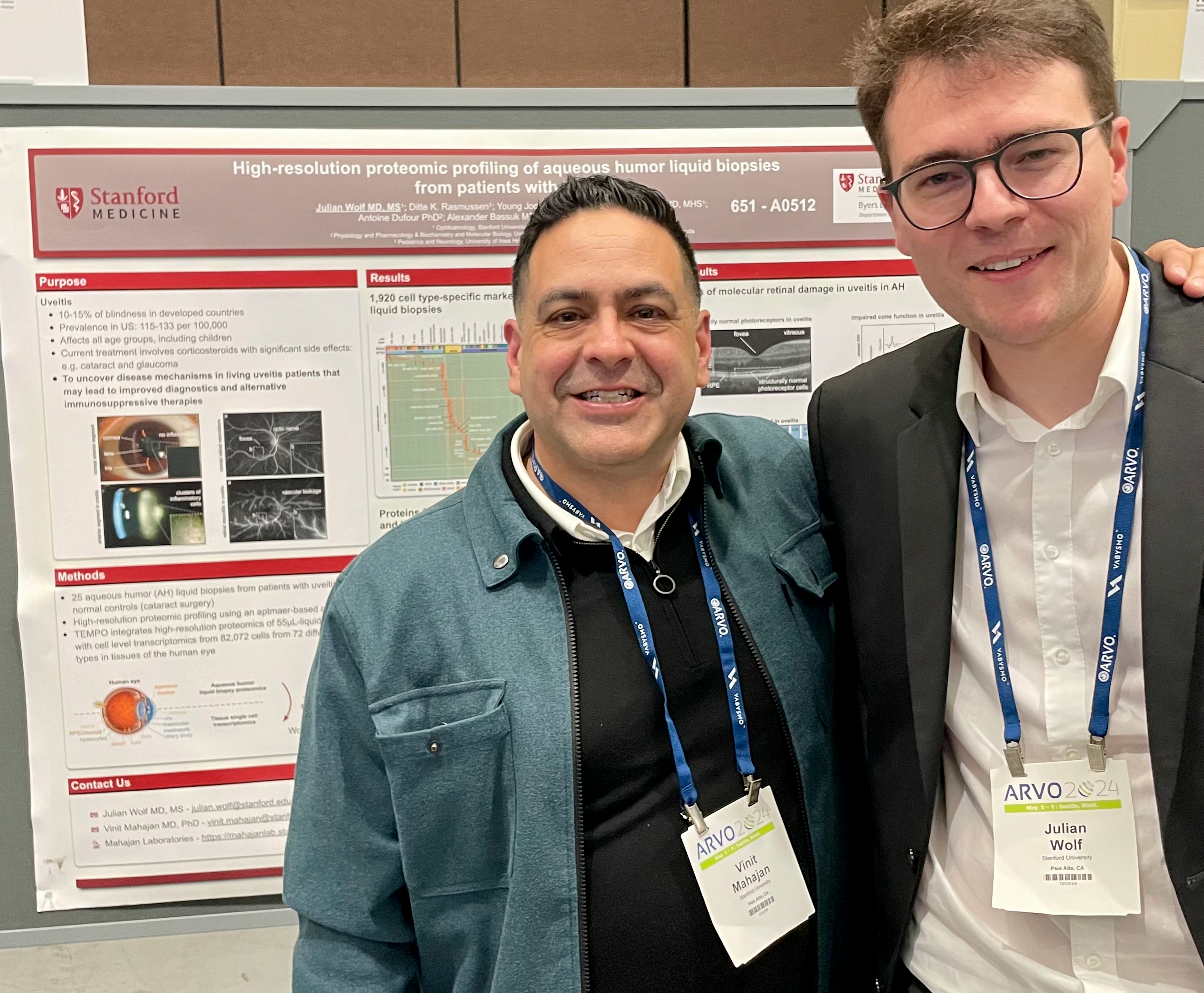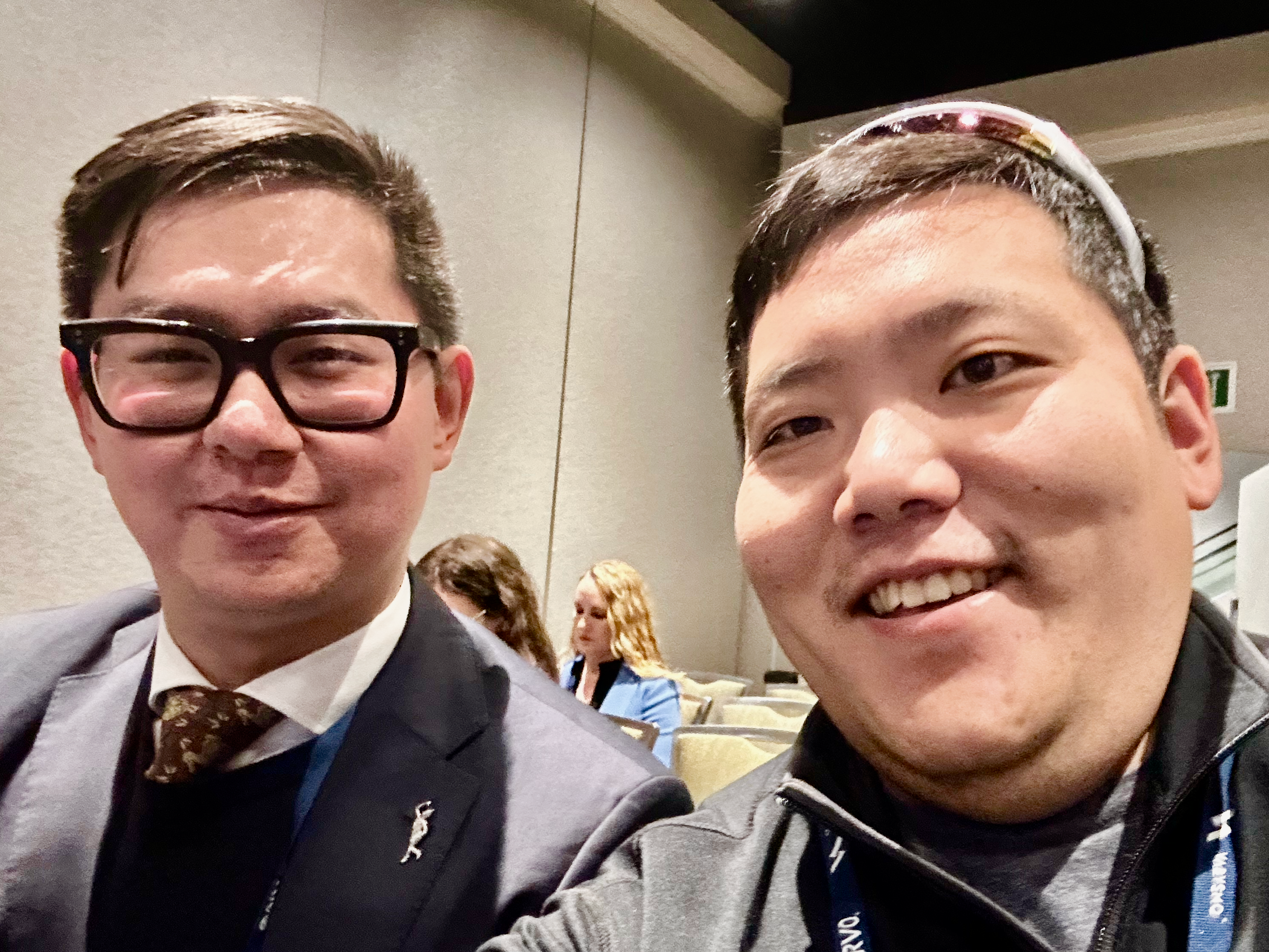Seattle, WA — The Association for Research in Vision and Ophthalmology (ARVO) 2024 theme, "Vision for the Future," is the perfect fit for the groundbreaking research coming out of the Mahajan Lab in Stanford University’s Department of Ophthalmology.

The Mahajan team’s recent Cell publication on TEMPO (Tracing Expression of Multiple Protein Origins) has the potential to transform diagnosis and therapies for hard-to-treat eye diseases, and its use could be valuable for the treatment of diseases throughout the body.
Julian Wolf M.D. presented a poster applying the Mahajan Lab’s TEMPO approach (Wolf et al., Cell, 2023) to patients with uveitis. In his study, Julian identified almost 6000 different proteins in small volume aqueous humor liquid biopsies and specified the molecular correspondence of inflammation, vascular leakage, and retinal damage seen in uveitis patients.
Vinit Mahajan M.D., Ph.D., Stanford professor and vice chair of ophthalmology research, said, “One of the most exciting aspects of ARVO is seeing how vision research is continually being transformed by new information and technologies. Proteomics, liquid biopsies, and structural biology are a few technologies that have become powerful avenues for our research. And our ability to collaborate across departments and universities has strengthened our platforms.”

ARVO was the first major conference for many Mahajan team members, and they were eager to share their research findings with over 11,600 attendees from over 75 countries that included basic science researchers, clinical researchers, clinicians, surgeons, ophthalmology educators and students, and clinicians-in-training.
Graduate student Ditte Rasmussen presented a structure-function analysis study on CNGA3-associated achromatopsia where she and her team members investigated the molecular consequence of CNGA3 patient variants in a 3D structure model.
Ditte said, “ARVO was a great experience! I was very inspired by all the impressive work from labs all over the world, and I came home with a ton of ideas for future experiments and collaborations.”
Lab member Joel Franco presented a poster on a novel transcription factor substrate target of Calpain-5. The overarching goal of the research was to gain insight into how calpain-5 influenced the disrupted inflammatory gene networks as seen in Neovascular Inflammatory Vitreoretinopathy (NIV).
Joel said, “The amazing work being done by vision scientists/clinicians from around the world reaffirmed my desire to dedicate myself to similar pursuits.”
Instructor Young Joo Son presented the lab’s synthetic biology work on calpain protease activity re-engineering.

Young Joo said, “ARVO is a great meeting for collaborating. I had fruitful discussions and information exchanges with pharma companies and clinicians working on calpain inhibition therapeutics strategies and trials targeting diverse ocular diseases. It was also great catching up with previous lab member Ben Ng who is now a medical doctor and currently pursuing his Ph.D. degree at Oxford University.”
Clinical research coordinator Aarushi Kumar presented a poster on the safety of liquid biopsies, a diagnostic tool crucial for clinical and lab research that advances precision medicine.
Aarushi said, “Attending the annual ARVO meeting gave me the opportunity to engage with researchers from various institutions and explore groundbreaking research in vision science. Spending five days in the beautiful city of Seattle with my lab mates was an enriching experience.”
ARVO gave lab members the chance to highlight their research, but it also gave Mahajan the chance to strategize with longtime collaborator Alex Bassuk M.D., Ph.D., Chairman of Pediatrics at the University of Iowa.
Mahajan said, “ARVO gives attendees a snapshot of what is happening right now in vision research. It is as valuable for trainees as it is for long time researchers.”

